Home>Furniture & Design>Outdoor Furniture>How To Create Humidity For Outdoor Plants
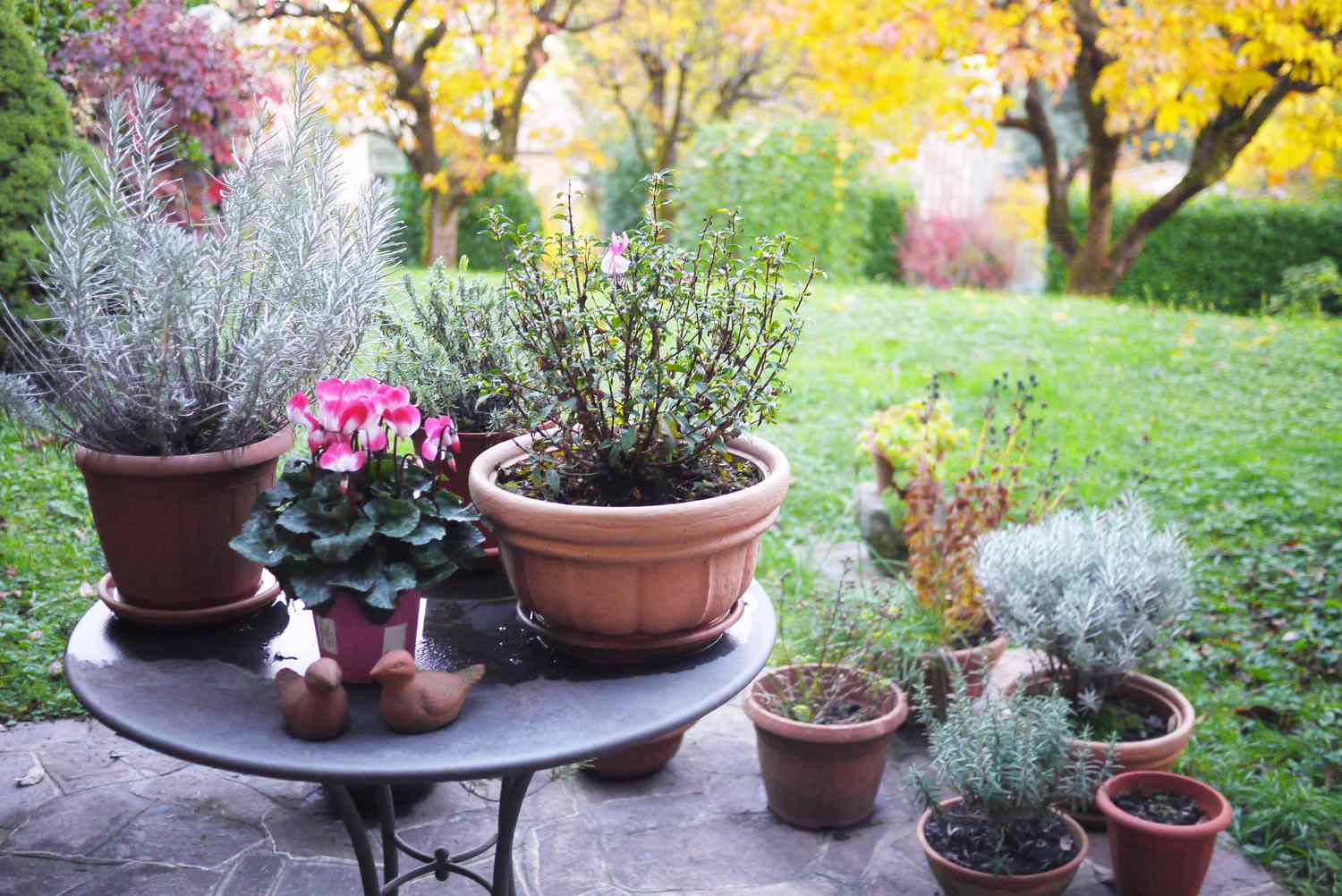

Outdoor Furniture
How To Create Humidity For Outdoor Plants
Published: January 16, 2024
Learn how to create the perfect outdoor humidity for your plants with our expert tips and tricks. Discover the best outdoor furniture and design solutions for maintaining ideal plant conditions.
(Many of the links in this article redirect to a specific reviewed product. Your purchase of these products through affiliate links helps to generate commission for Storables.com, at no extra cost. Learn more)
Introduction
Creating the ideal environment for outdoor plants is essential for their growth and overall well-being. While factors such as sunlight, water, and soil quality are commonly acknowledged as crucial elements for plant health, the significance of humidity is often overlooked. Humidity plays a pivotal role in the growth and development of outdoor plants, influencing their ability to thrive in various weather conditions. In this article, we will delve into the importance of humidity for outdoor plants and explore both natural and artificial methods to increase humidity levels. Additionally, we will provide valuable tips for maintaining optimal humidity levels to ensure the flourishing of your outdoor greenery.
Understanding the impact of humidity on outdoor plants is fundamental for any gardening enthusiast. Whether you are cultivating a vibrant garden, nurturing a collection of potted plants on a balcony, or tending to a lush outdoor landscape, the knowledge of how to create and maintain suitable humidity levels is invaluable. Join us as we uncover the secrets to providing your outdoor plants with the ideal humidity, fostering an environment where they can thrive and bring joy to your outdoor space.
Key Takeaways:
- Humidity is crucial for outdoor plants, impacting their hydration, nutrient absorption, and resilience to environmental stress. Natural methods like strategic plant placement and mulching can help increase humidity levels sustainably.
- Artificial methods, such as humidifiers and misting systems, offer precise ways to regulate humidity for outdoor plants. By monitoring, watering wisely, and adapting plant selection, gardeners can maintain optimal humidity levels for thriving greenery.
Read more: What Is A Comfortable Outdoor Humidity
Understanding the Importance of Humidity for Outdoor Plants
Humidity, the amount of moisture present in the air, is a critical factor that directly impacts the health and growth of outdoor plants. It plays a vital role in several key aspects of plant physiology, influencing transpiration, nutrient uptake, and overall resilience to environmental stressors. Understanding the significance of humidity is essential for creating an optimal environment for outdoor plants.
One of the primary functions of humidity is its role in regulating transpiration, the process through which plants release water vapor through their leaves. Adequate humidity levels help maintain the optimal balance between water loss and uptake, ensuring that plants remain hydrated and can efficiently transport essential nutrients from the soil to the rest of the plant. In environments with low humidity, plants may experience excessive transpiration, leading to wilting, stunted growth, and increased susceptibility to drought stress.
Besides its influence on transpiration, humidity also affects the ability of plants to absorb nutrients from the soil. Optimal humidity levels facilitate the efficient uptake of essential minerals and nutrients, supporting robust growth and enhancing the plant’s ability to resist diseases and pests. Furthermore, adequate humidity promotes the development of healthy root systems, enabling plants to anchor themselves securely in the soil and access the resources necessary for their vitality.
Moreover, humidity plays a crucial role in protecting outdoor plants from the detrimental effects of extreme temperature fluctuations. In regions with low humidity, plants are more vulnerable to heat stress, as the rapid evaporation of moisture from their leaves can exacerbate the impact of high temperatures. Conversely, in arid climates, high humidity levels can help mitigate the intensity of heat stress, providing a buffer against the adverse effects of scorching temperatures.
Understanding the impact of humidity on outdoor plants empowers gardeners to make informed decisions when cultivating and caring for their green companions. By recognizing the multifaceted role of humidity in supporting plant health, enthusiasts can implement strategies to optimize humidity levels and create an environment where outdoor plants can thrive and flourish.
Natural Methods to Increase Humidity for Outdoor Plants
Enhancing humidity levels for outdoor plants through natural methods not only provides an effective means of creating an optimal environment for their growth but also contributes to the overall sustainability of the garden or landscape. By harnessing natural elements and employing strategic techniques, gardeners can elevate humidity levels to support the well-being of their outdoor greenery.
Strategic Plant Placement: Positioning plants in close proximity to one another can create a microclimate that fosters higher humidity levels. Grouping plants together, particularly those with similar moisture requirements, can result in a localized increase in humidity, benefiting the entire cluster of plants. Additionally, situating plants near bodies of water, such as ponds or fountains, can augment humidity levels through natural evaporation processes.
Mulching: Applying a layer of organic mulch, such as wood chips, straw, or shredded bark, around the base of plants can help retain soil moisture and regulate humidity levels. Mulch acts as a natural insulator, reducing water evaporation from the soil and creating a more favorable microclimate for plants. Furthermore, as organic mulch decomposes, it enriches the soil, promoting a healthy environment for plant roots and contributing to sustained humidity levels.
Humidity Trays: Placing trays filled with water near outdoor plants can increase ambient humidity through evaporation. As the water in the trays evaporates, it releases moisture into the air, raising humidity levels in the immediate vicinity of the plants. This method is particularly beneficial for potted plants, as it provides a localized source of humidity to support their growth and vitality.
Shade and Windbreaks: Creating shaded areas and windbreaks in the garden can help mitigate excessive moisture loss due to direct sunlight and strong winds. Shade-providing structures, such as arbors, pergolas, or strategically positioned umbrellas, can reduce the impact of intense sunlight, thereby minimizing rapid evaporation and helping maintain adequate humidity levels. Similarly, windbreaks, such as hedges or trellises, can shield plants from drying winds, preserving moisture and supporting optimal humidity.
Water Features: Incorporating water features, such as small ponds, cascading waterfalls, or decorative fountains, into outdoor spaces can contribute to increased humidity levels. The evaporation of water from these features adds moisture to the surrounding air, creating a microclimate that benefits nearby plants. Additionally, water features enhance the aesthetic appeal of outdoor areas while promoting a conducive environment for plant growth.
By implementing these natural methods to increase humidity for outdoor plants, gardeners can establish a harmonious and nurturing environment that supports the flourishing of their green companions. These sustainable approaches not only enhance humidity levels but also contribute to the overall beauty and vitality of outdoor landscapes and gardens.
Place a shallow tray filled with water near your outdoor plants to create humidity. As the water evaporates, it will increase the moisture in the air around the plants.
Artificial Methods to Increase Humidity for Outdoor Plants
While natural methods offer effective means of augmenting humidity levels for outdoor plants, there are instances where artificial interventions may be necessary to create and maintain optimal environmental conditions. Artificial methods to increase humidity provide gardeners with versatile and precise mechanisms to regulate moisture levels, ensuring that outdoor plants receive the ideal atmospheric conditions for their growth and vitality.
Humidifiers: Utilizing humidifiers designed for outdoor use can be an efficient way to elevate humidity levels in specific areas of the garden or landscape. These devices release fine mist or vapor into the air, increasing moisture levels and creating a favorable environment for plants that require higher humidity. Humidifiers are particularly beneficial for enclosed outdoor spaces, such as greenhouses or conservatories, where controlling humidity is essential for cultivating a diverse range of plants.
Misting Systems: Installing misting systems, which disperse a fine spray of water into the air at regular intervals, can effectively raise humidity levels in outdoor environments. Misting systems are versatile and can be tailored to accommodate the specific humidity requirements of different plant species. They are often employed in outdoor seating areas, verandas, or shaded garden spaces to create a refreshing and humid microclimate that promotes plant health and comfort.
Fogging Systems: Fogging systems are designed to generate a fine mist or fog that envelops outdoor plants, increasing humidity levels and creating a tranquil, misty ambiance. These systems are commonly utilized in botanical gardens, outdoor nurseries, and expansive landscapes to provide uniform and controlled humidity, ensuring that plants receive the moisture they need to thrive. Fogging systems can be automated to operate at scheduled intervals, delivering consistent humidity management for outdoor plants.
Enclosed Greenhouses: Constructing or utilizing enclosed greenhouses or polytunnels allows gardeners to create a controlled environment where humidity levels can be regulated to suit the requirements of specific plant species. These structures provide a sheltered space where humidity, temperature, and ventilation can be carefully managed, offering an ideal setting for cultivating a diverse array of outdoor plants that demand precise environmental conditions for optimal growth.
Evaporative Coolers: Evaporative coolers, also known as swamp coolers, can be employed to increase humidity while simultaneously lowering the ambient temperature in outdoor spaces. These devices draw in warm air, pass it through water-saturated pads to add moisture, and then circulate the cooled, humidified air. Evaporative coolers are particularly beneficial in arid regions where both cooling and humidification are essential for creating a hospitable environment for outdoor plants.
By utilizing these artificial methods to increase humidity for outdoor plants, gardeners can exercise precise control over environmental conditions, ensuring that their green companions receive the optimal moisture levels essential for robust growth and vitality. Whether employed in enclosed spaces or expansive landscapes, these interventions offer versatile solutions for managing humidity and promoting the well-being of outdoor plants.
Tips for Maintaining Optimal Humidity Levels for Outdoor Plants
Maintaining optimal humidity levels is crucial for the health and vitality of outdoor plants, and implementing strategic practices can help gardeners create a conducive environment that supports the well-being of their green companions. By incorporating the following tips into their gardening routines, enthusiasts can effectively manage humidity levels and provide outdoor plants with the ideal atmospheric conditions for robust growth and resilience.
Monitor Humidity Levels: Regularly assess the humidity levels in outdoor spaces using a reliable hygrometer. This essential tool provides accurate readings of relative humidity, enabling gardeners to gauge the moisture content in the air and make informed decisions regarding humidity management for their plants.
Water Wisely: Practice mindful watering to maintain adequate soil moisture, as the evaporation of water from the soil contributes to ambient humidity levels. Adjust watering frequencies based on prevailing weather conditions and the specific moisture requirements of different plant species, ensuring that the soil remains sufficiently moist without becoming waterlogged.
Optimize Drainage: Ensure that outdoor planting areas, including garden beds and containers, feature proper drainage to prevent water accumulation. Well-draining soil and adequate drainage systems facilitate optimal moisture retention in the root zone while minimizing the risk of waterlogging, supporting healthy plant growth and humidity regulation.
Utilize Drip Irrigation: Implementing drip irrigation systems offers a precise and efficient method of delivering water to outdoor plants while minimizing water loss through evaporation. By directly supplying water to the root zones of plants, drip irrigation helps maintain soil moisture and contributes to sustained humidity levels in the surrounding environment.
Prune and Thin Foliage: Regularly prune and thin out dense foliage to improve air circulation around plants, reducing the risk of excessive moisture accumulation and fostering a healthier microclimate. Enhanced airflow can help prevent humidity-related issues such as fungal diseases and mold growth while promoting balanced humidity levels for outdoor plants.
Adapt Plant Selection: Select plant varieties that are well-suited to the prevailing humidity levels in your region, minimizing the need for extensive humidity management interventions. By choosing plants that thrive in the local climate, gardeners can create a harmonious outdoor environment where natural humidity levels align with the preferences of the selected plant species.
Implement Microclimate Modifications: Identify microclimates within the outdoor space and make targeted modifications to optimize humidity levels for specific plantings. By strategically adjusting factors such as shading, wind protection, and water features, gardeners can create microclimates that support diverse plant species with varying humidity requirements.
Observe and Adjust: Regularly observe the response of outdoor plants to prevailing humidity levels and make necessary adjustments to maintain an optimal environment. By remaining attentive to the visual cues exhibited by plants, such as wilting or leaf discoloration, gardeners can fine-tune their humidity management strategies to meet the evolving needs of their greenery.
By incorporating these tips into their gardening practices, enthusiasts can effectively maintain optimal humidity levels for outdoor plants, fostering an environment where greenery can thrive and flourish. Through mindful observation and strategic interventions, gardeners can create a harmonious and nurturing outdoor space that supports the health and vitality of their beloved plants.
Read more: Why Is Indoor Humidity Lower Than Outdoor?
Conclusion
Understanding and managing humidity levels is a fundamental aspect of nurturing thriving outdoor plants. By recognizing the pivotal role of humidity in plant physiology and employing natural and artificial methods to regulate moisture levels, gardeners can create an environment where their green companions can flourish. The interplay of humidity with transpiration, nutrient uptake, and resilience to environmental stress underscores its significance in supporting healthy plant growth and vitality.
Through strategic plant placement, mulching, humidity trays, shade, windbreaks, and water features, gardeners can naturally increase humidity for outdoor plants, fostering a sustainable and nurturing environment. These natural methods not only elevate humidity levels but also contribute to the overall beauty and resilience of outdoor landscapes and gardens.
Furthermore, artificial interventions, such as humidifiers, misting systems, fogging systems, enclosed greenhouses, and evaporative coolers, offer versatile and precise means of managing humidity, ensuring that outdoor plants receive the optimal atmospheric conditions for their well-being. These artificial methods provide gardeners with the tools to create controlled environments that cater to the specific humidity requirements of diverse plant species.
By incorporating tips for maintaining optimal humidity levels, such as monitoring humidity, watering wisely, optimizing drainage, and adapting plant selection, gardeners can effectively manage humidity and provide outdoor plants with the ideal atmospheric conditions for robust growth and resilience. Through mindful observation and strategic interventions, enthusiasts can create a harmonious and nurturing outdoor space that supports the health and vitality of their beloved plants.
In conclusion, the knowledge and application of effective humidity management techniques are essential for cultivating a thriving outdoor garden, balcony, or landscape. By embracing the multifaceted role of humidity in plant health and employing a combination of natural, artificial, and strategic practices, gardeners can create an environment where outdoor plants can thrive and bring joy to their outdoor spaces.
Frequently Asked Questions about How To Create Humidity For Outdoor Plants
Was this page helpful?
At Storables.com, we guarantee accurate and reliable information. Our content, validated by Expert Board Contributors, is crafted following stringent Editorial Policies. We're committed to providing you with well-researched, expert-backed insights for all your informational needs.

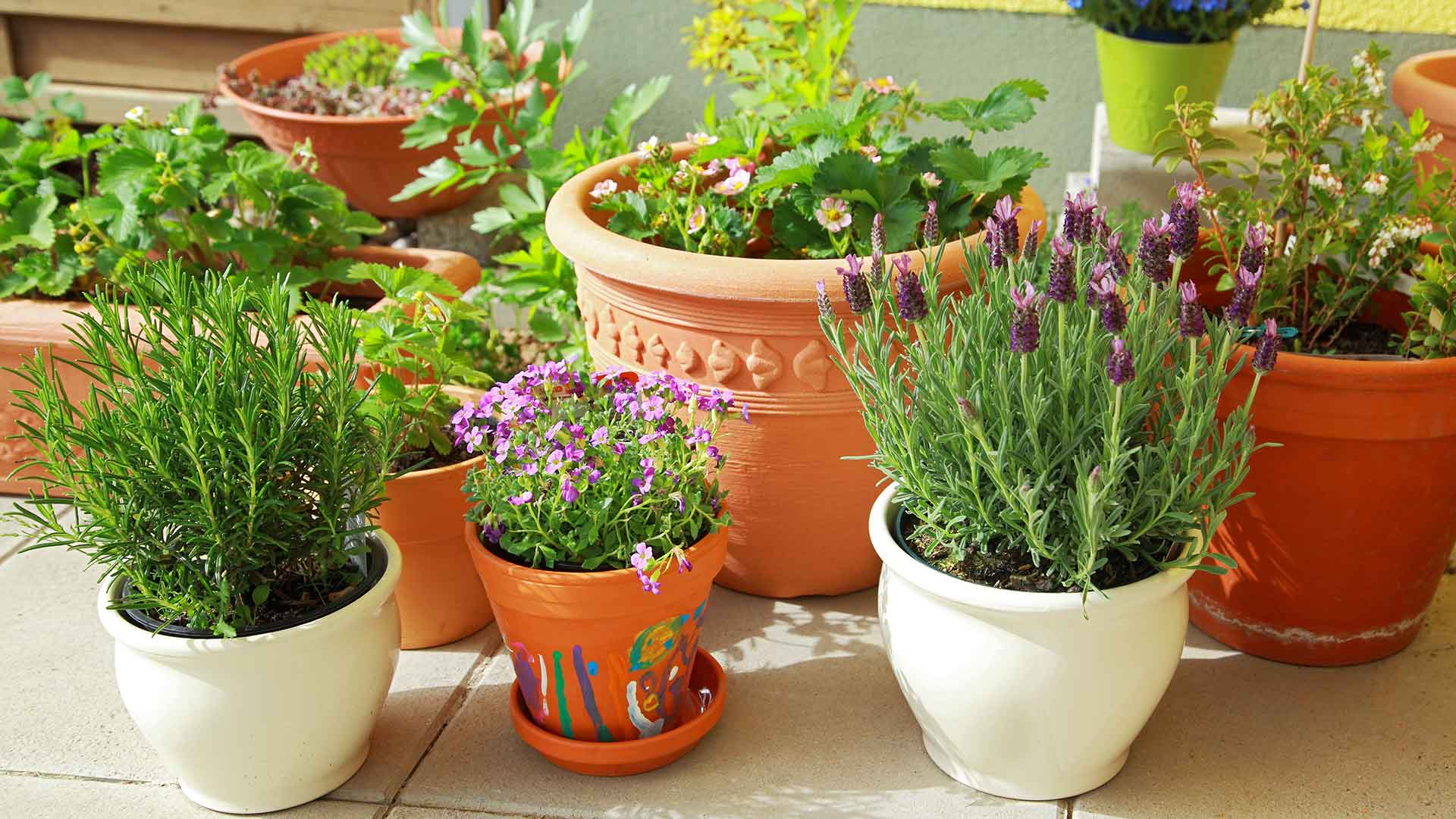

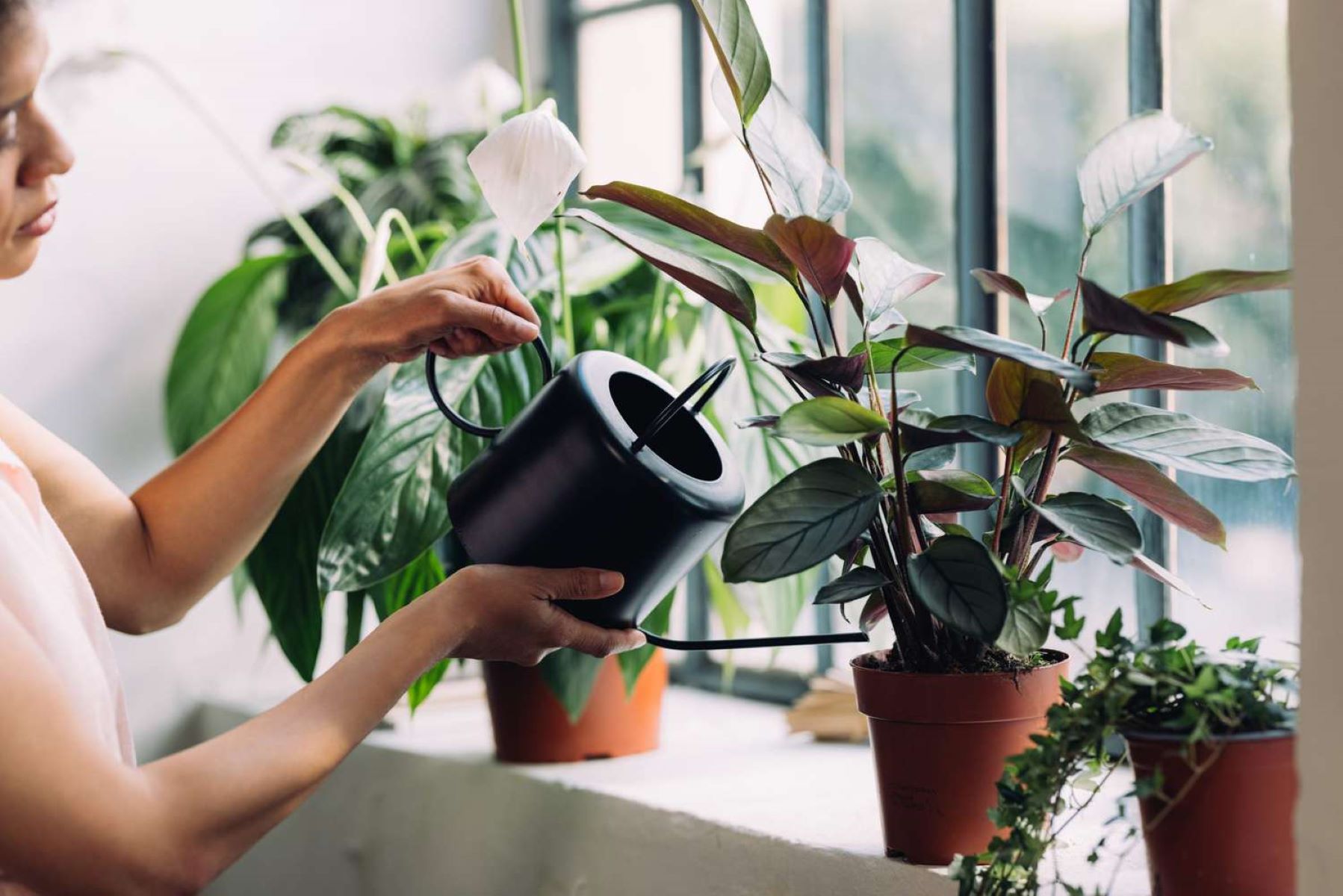
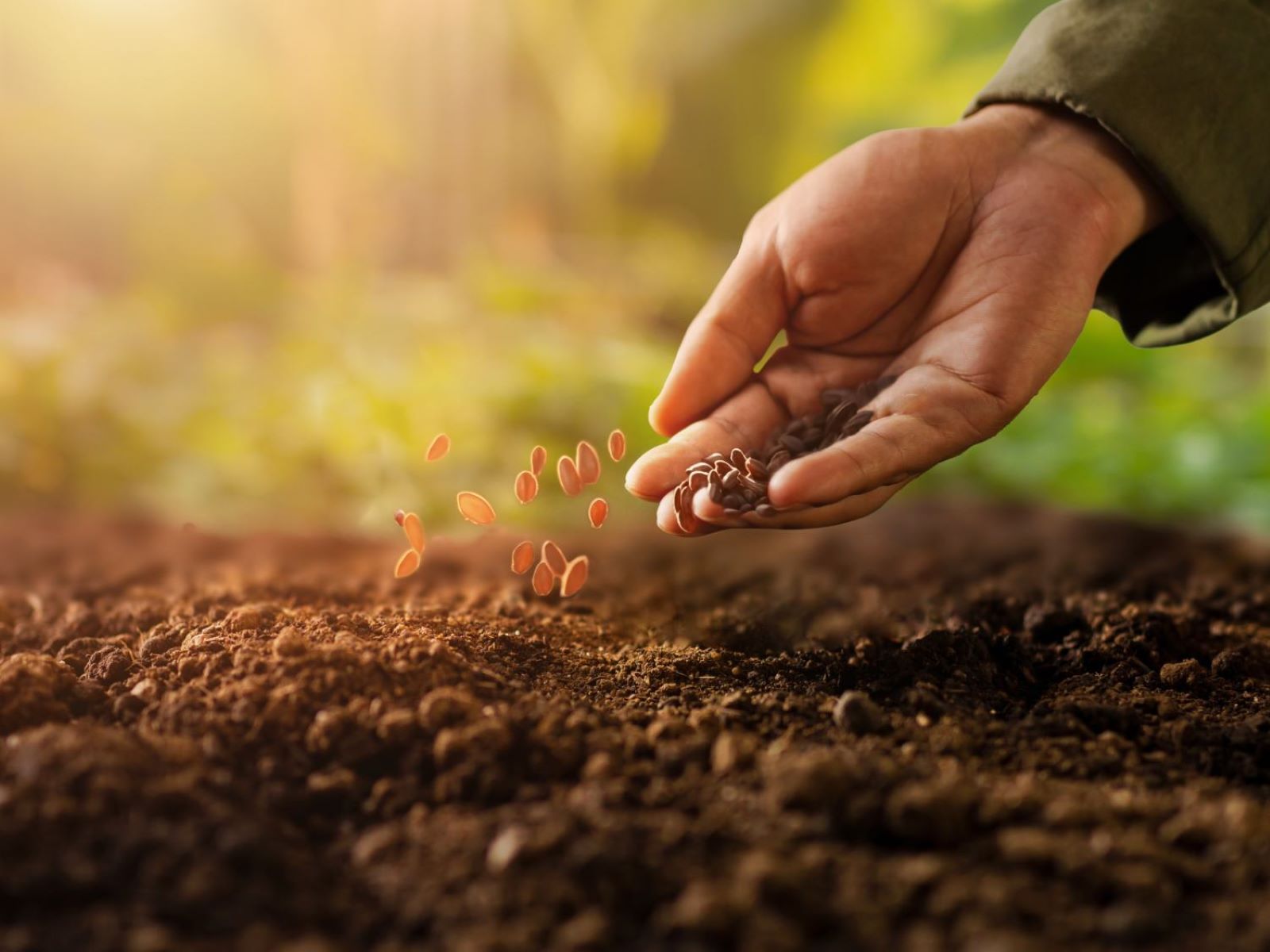
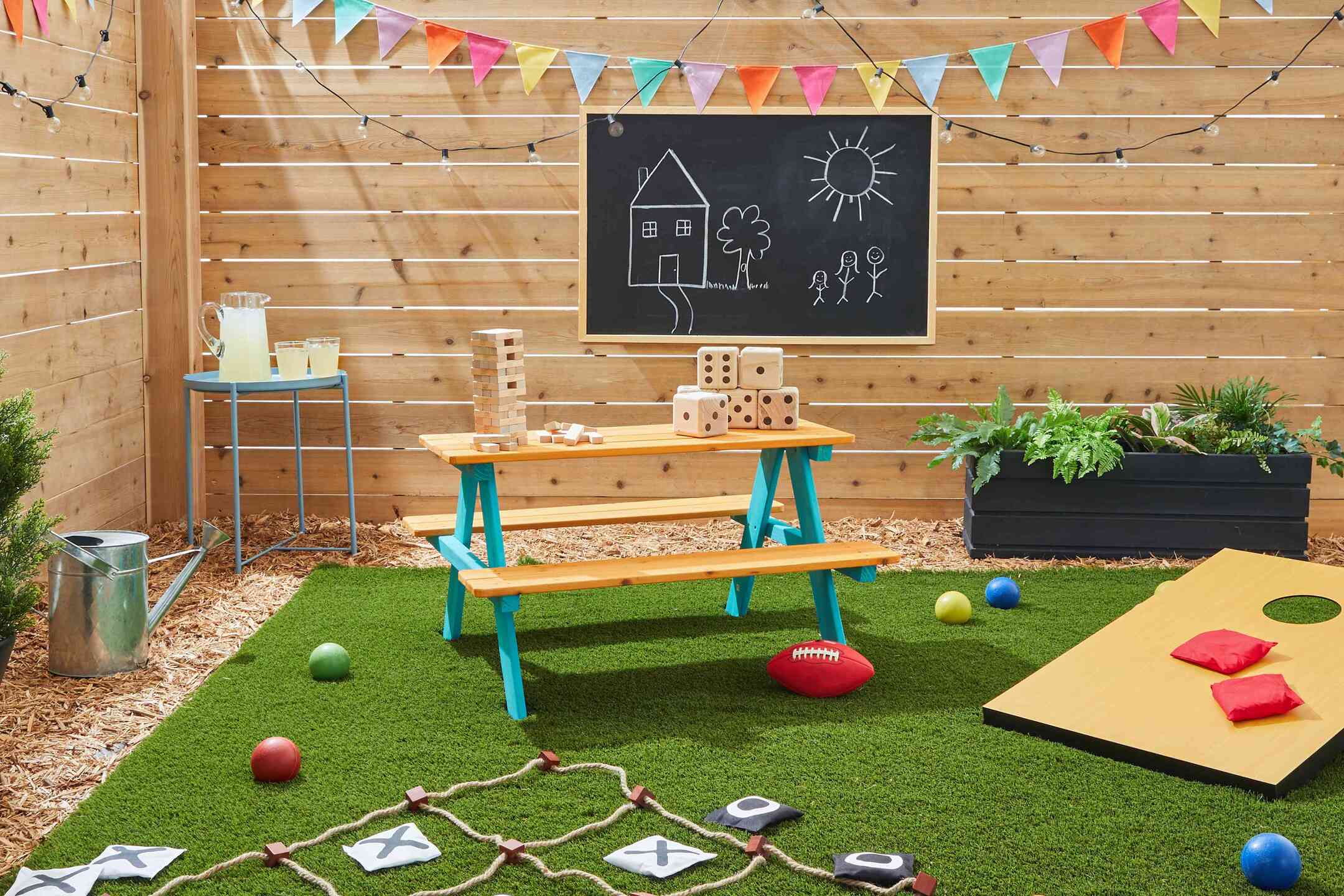
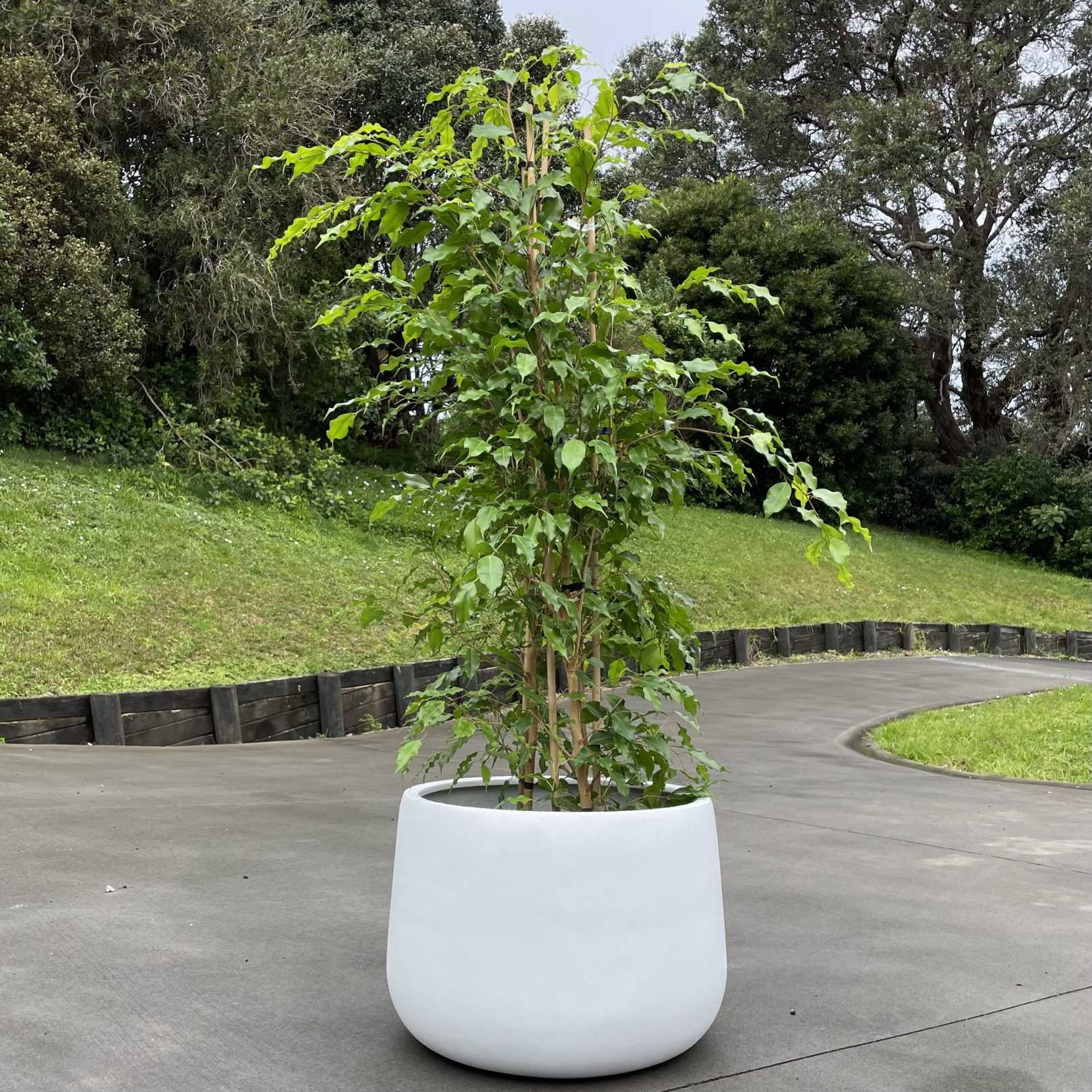
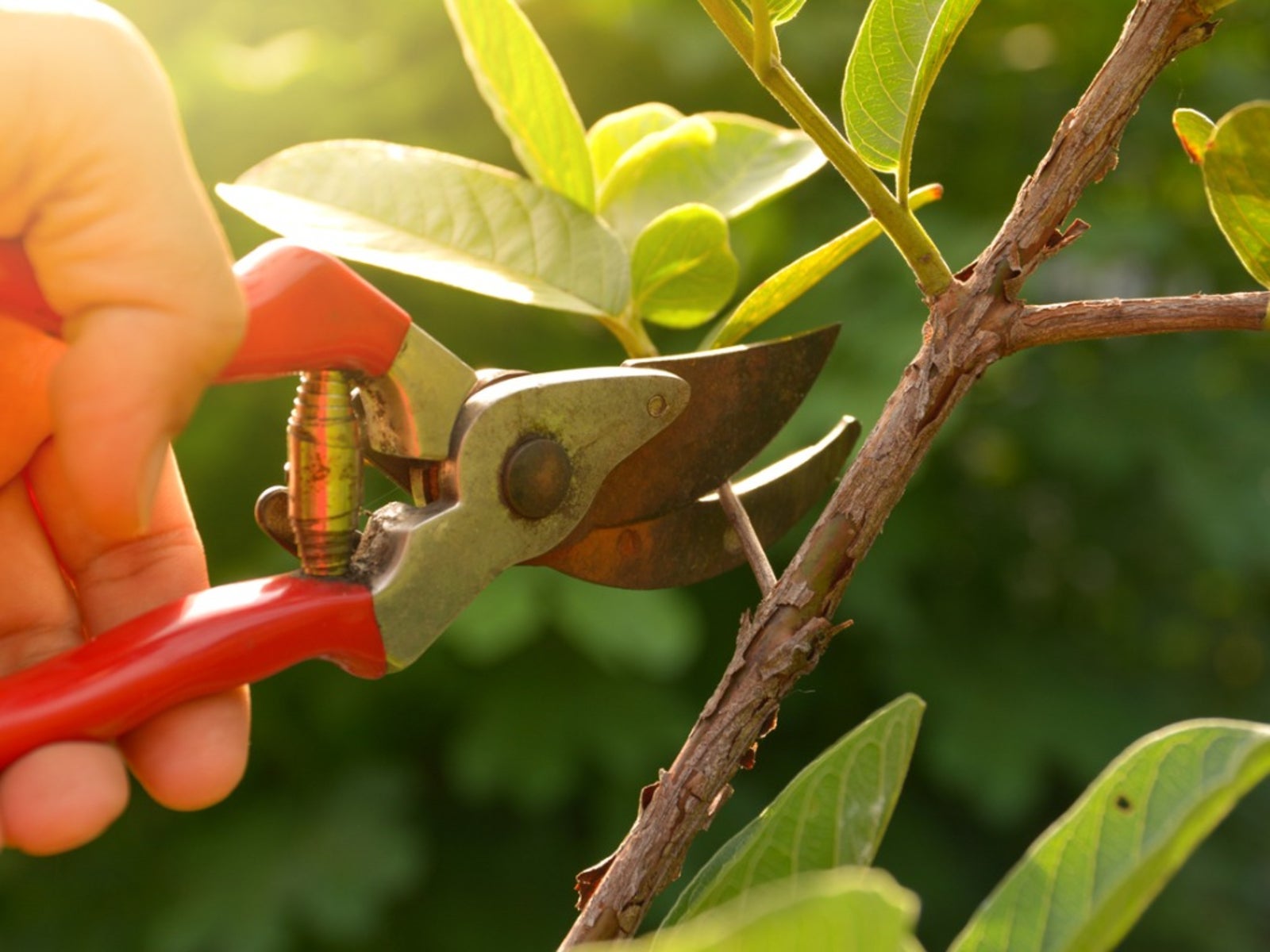

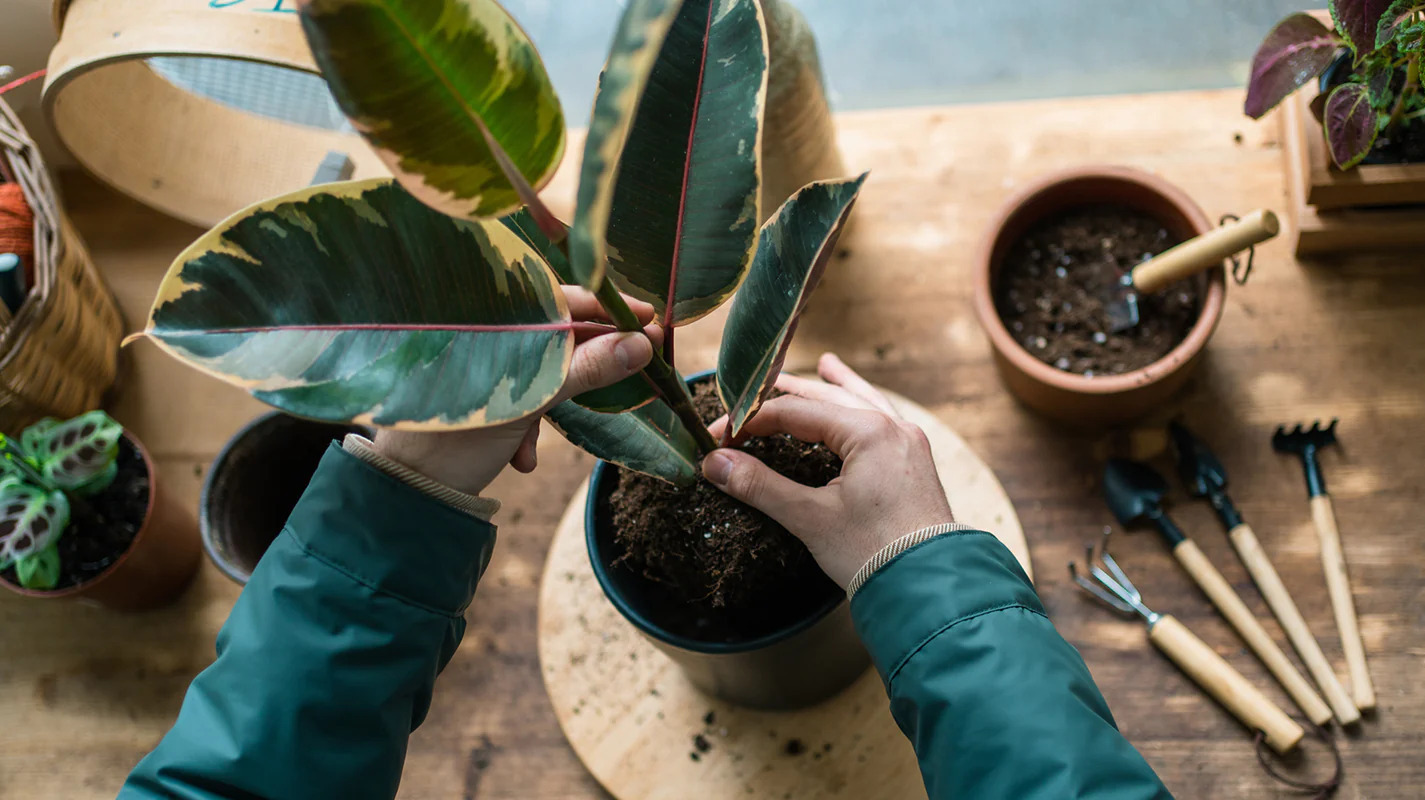
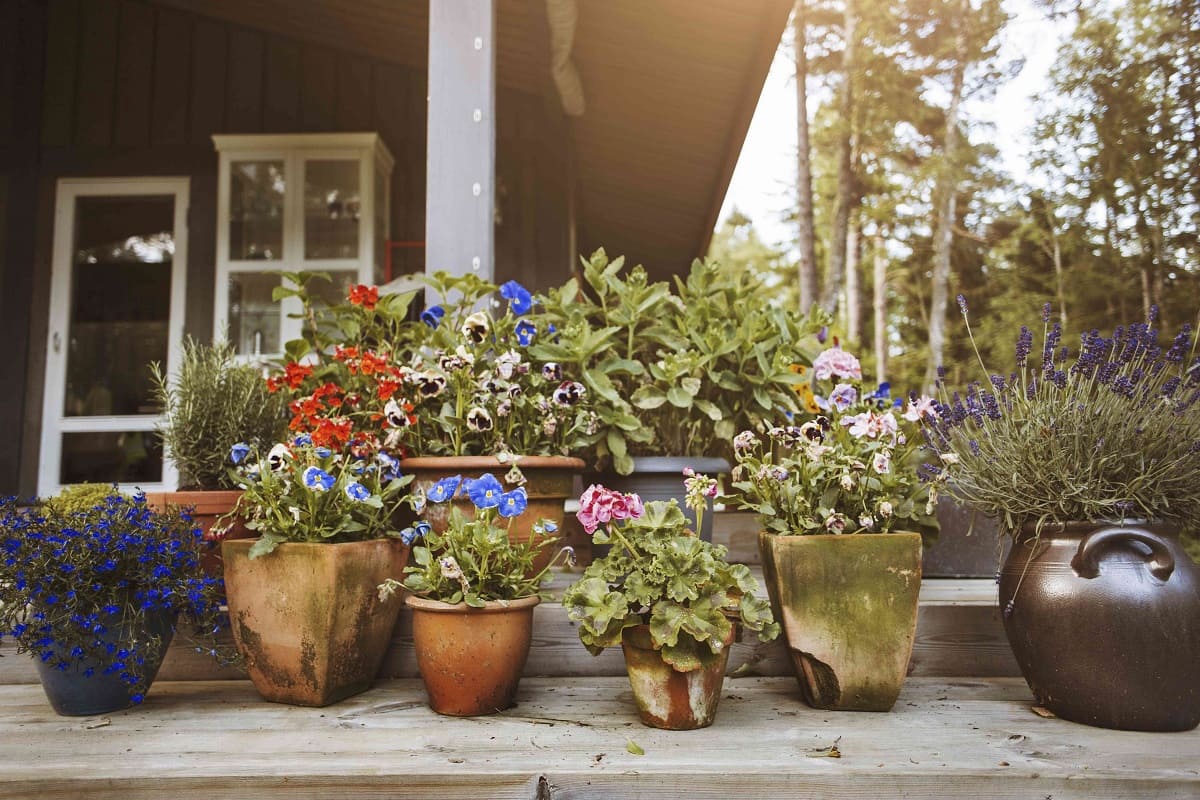
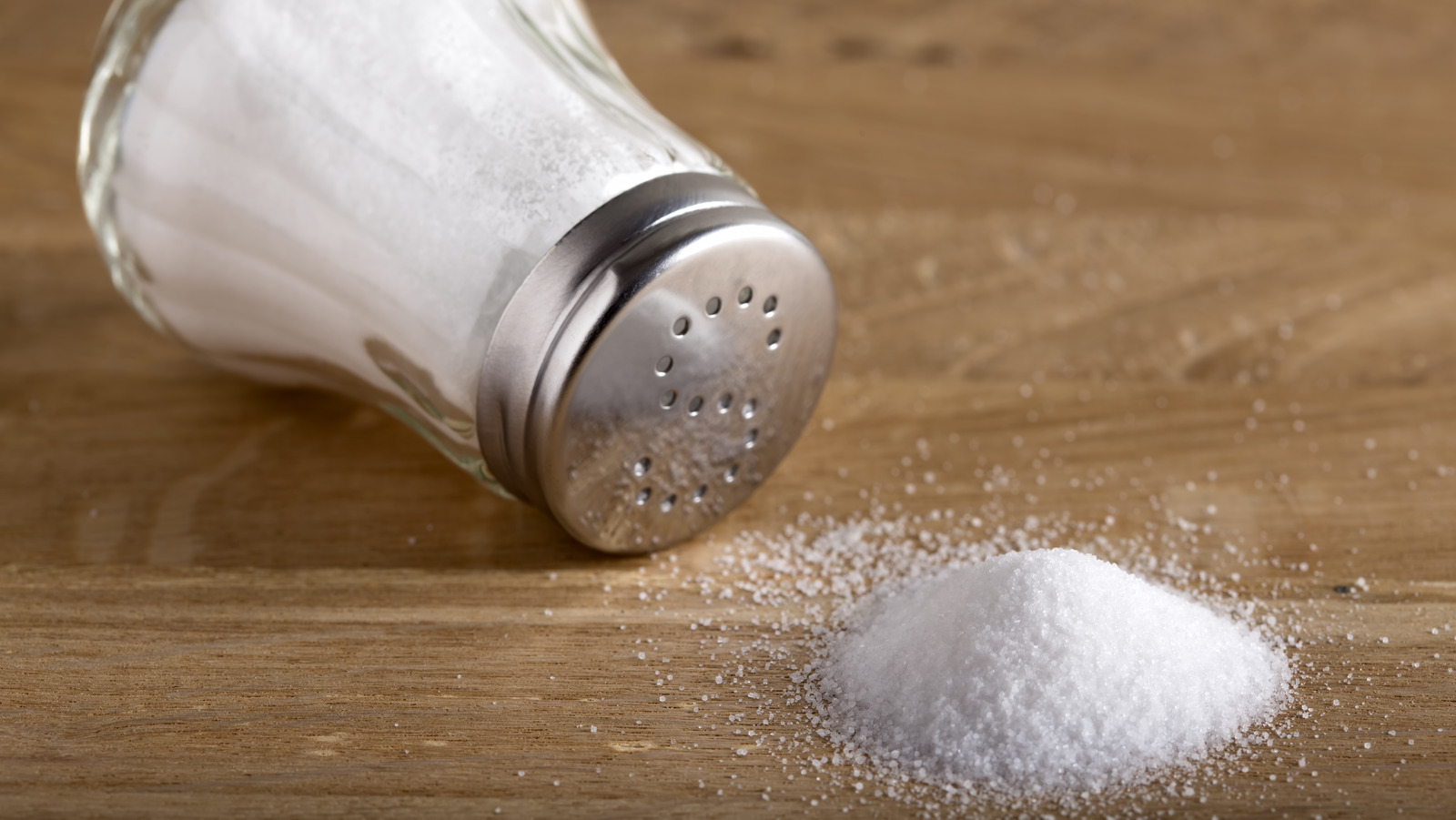
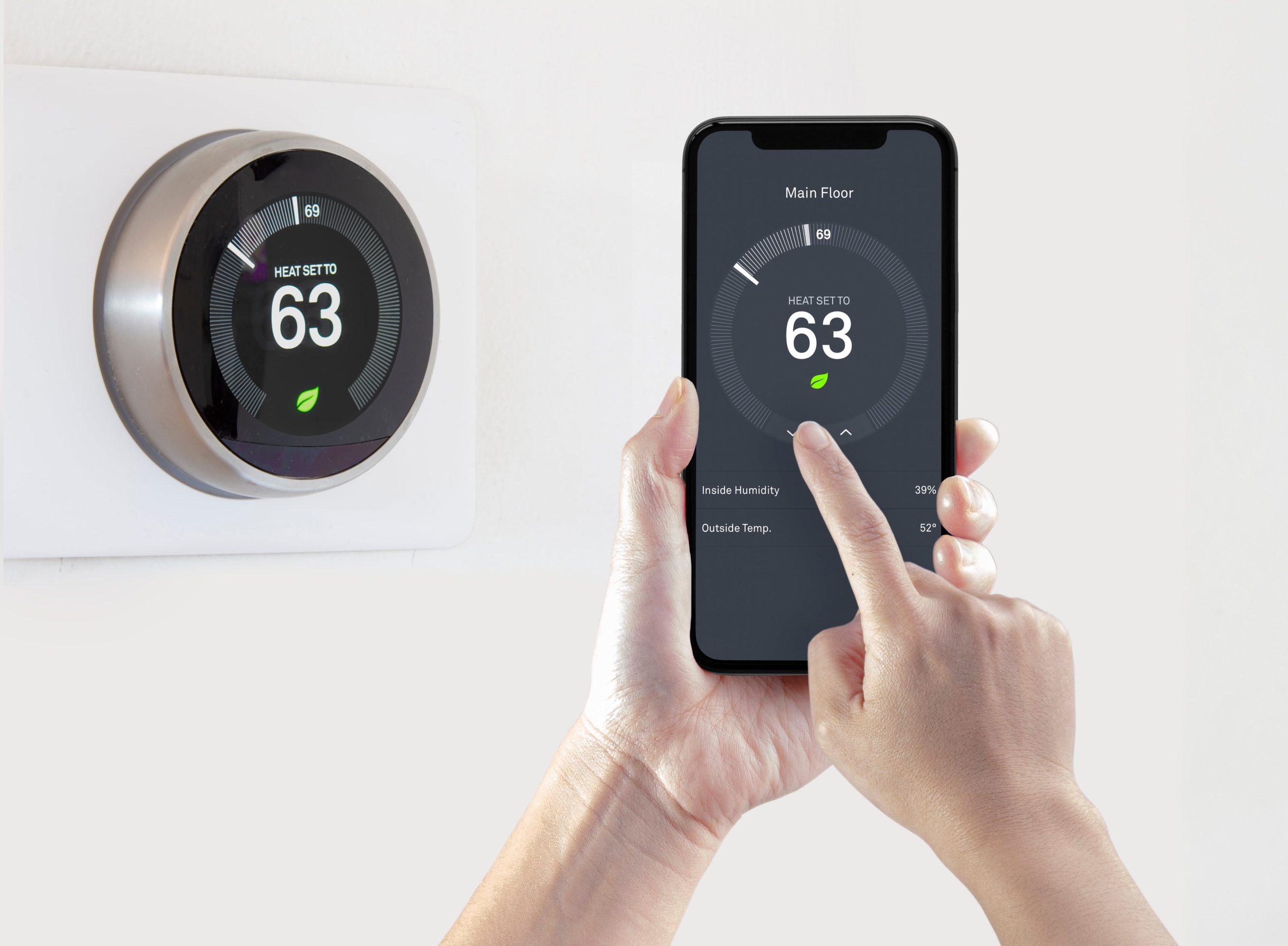


0 thoughts on “How To Create Humidity For Outdoor Plants”